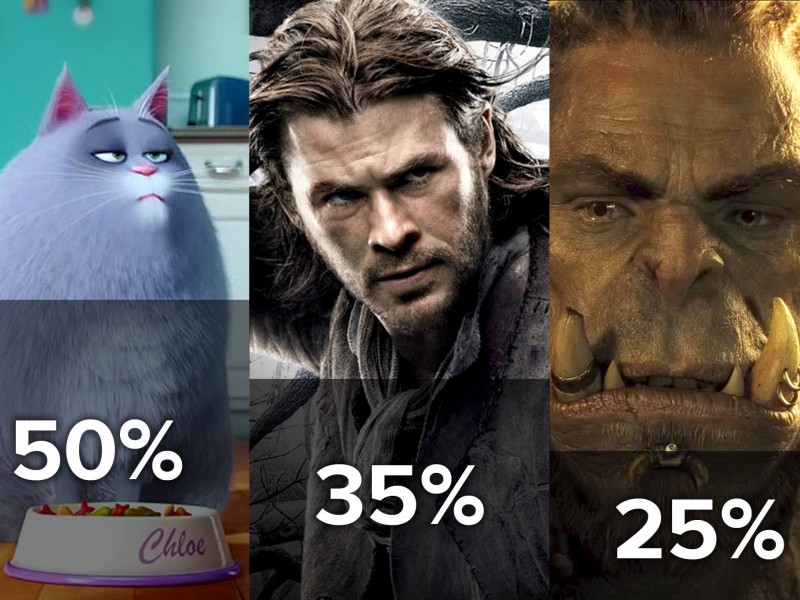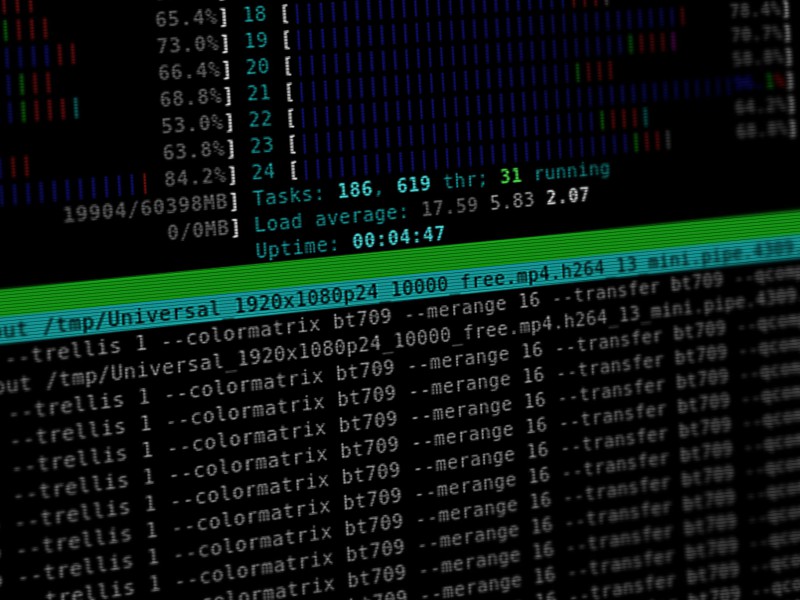Achievement #1
Wireless carriers are offering broadband speeds of 5-12 Mbps. These kinds of speeds are enough to accommodate most OTT recipes for full HD videos, bringing real meaning to any content, anytime and anywhere.
According to Netflix, 5.0 Mbps is the Internet connection speed recommended for playing their movies and TV shows at HD quality.
And, the Binge On initiative gives unlimited viewing of video without counting towards subscribers’ data caps (although this is done by limiting the streaming to SD).
Achievement #2
It’s been over 3 years now, where the top mobile phones and tablets offer screen resolutions of full HD and even higher, and I’m only listing the few that popped up in my mind: iPhone 6, Galaxy Note 4, Sony Xperia Z5, Apple iPad 3/4/Air, etc.
Achievement #3
All major OTT players such as Netflix, HULU, VUDU, Amazon and Crackle offer both iOS and Android apps with full catalogs.
So are we ready for any content, anytime, anywhere?
Despite the above, the answer is no. Because one thing is still missing: Reasonable pricing.
Now let’s look at the following offered monthly subscription plans by Verizon.
- 1GB / $30
- 3GB / $45
- 6GB / $60
- 12GB / $80
- 18GB / $100
According to Verizon 4GB will allow 12 hours of streaming video. Although they don’t indicate it explicitly, it seems that Verizon is referring to SD content, not HD.
Do the math
Based on current encoding technologies and best recipes applied by OTTs, a full feature film at HD resolution can take 2-3 GB. This is a showstopper! Call it a videostopper, or moviestopper, no matter what, this puts a real stopper on all the major achievements I just mentioned above.
Because, this means that the pleasure of watching any content, anytime and anywhere will cost you about $30 per movie! With such a price you’re better off going to iMAX…
Give credit
MSOs and wireless carriers acted fast, improving broadband speeds to meet consumer expectations. In fact, technically any content, anytime, anywhere is here. In reality however, this is stuck in a theoretical stage, where this is nothing more than a slogan. It might be a good slogan, a futuristic one, but nothing more.
I don’t mean to play prophet here, but over time consumer interest always wins. And, the ability to watch any content, anytime and anywhere has already become the consumers’ best interest. In fact, it’s become their lifestyle.
Take action
It’s reasonable to ask consumers to pay $5-6 for a good viewing experience. Yes, that sounds more like it. This means that 1 GB should be priced at about 3$. All you consumers must be smiling now. MSOs and wireless carriers are probably not…
This kind of situation calls for a new innovative technology that can help bridge the gap and provide a reliable solution, today. Where bitrate and quality meet, is where content-adaptive media optimization comes in.
Media optimization solutions that do not compromise video quality or resolution, yet reduce file bitrate significantly – and can enable MSOs to deliver the same movies they are delivering today at just 1.2-1.5 GB.
I’ll leave both consumers and MSOs to do the math…

